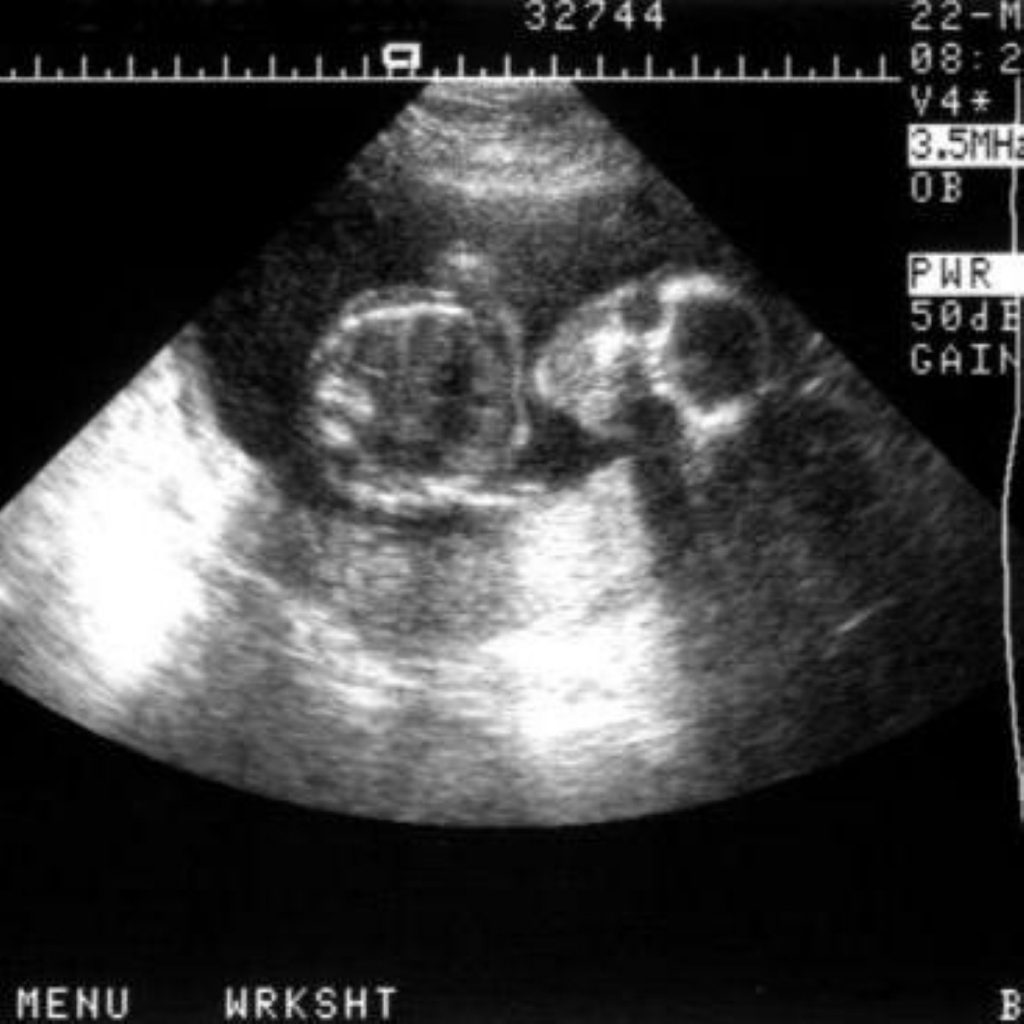Brain imaging research improves dementia diagnosis
Scientists in the US have developed a combination of two brain-imaging techniques, which will improve diagnosis and treatment for stroke victims and Alzheimer’s sufferers.
Alzheimer’s is the most common cause of age related dementia, followed by vascular dementia resulting from poor blood flow to the brain. Just as poor circulation in the heart leads to heart attacks, restricted blood flow in the brain can lead to strokes of varying severity.
A combination of magnetic resonance imaging (MRI) and a related technique known as magnetic resonance (MR) spectroscopy, has been used by researchers at the San Francisco VA Medical Centre to differentiate between the two forms of dementia.
At present there are no effective treatments for Alzheimer’s disease, but there are therapies available for vascular disease, “so being able to determine that there is a vascular component to a patient’s dementia would make a big difference in planning for treatment,” according to Prof Norbert Schuff.
This method will also improve testing of drugs for Alzheimer’s disease, by determining exactly which dementia sufferers have Alzheimer’s and are appropriate candidates for clinical trials.
Prof Schuff’s team studied the brains of 43 Alzheimer’s patients, 13 stroke patients with subcortical ischemic vascular dementia and 52 cognitively normal elderly subjects.
MRI produced three-dimensional images allowing scientists to identify differences in brain structure, and MR spectroscopy was used to determine chemical signature of different brain regions, with particular attention paid to a chemical produced by healthy neurons, called NAA.
Adding MR spectroscopy to complement information gleaned from conventional MRI was found to improve the accuracy of diagnosis from 79% to 89%.
The teams recognises that more work is needed as in a clinical setting, the patients will not be so carefully selected, and many other confounding factors may contribute to dysfunction in the brain.
The study appears in the journal Neurology.





-01.png)